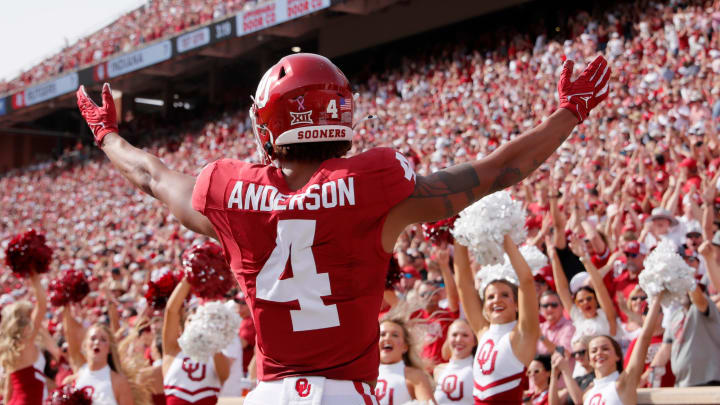Oklahoma's Big Gifts Show NIL is Not Harming Institutional Fundraising

When NIL collectives came into vogue during the 2022-23 academic year, many athletic administrators felt apprehensive about the practice, not because of any moral quandary regarding athletic payment to their student-athletes, but because of what it may mean for their department’s bottom line. A substantial portion of total athletic revenue comes from donations from university boosters. In an era where athletic success requires heavy monetary investment into separate third-party NIL collectives, many feared that this practice would “split the pot” and divert funds traditionally earmarked for university athletic funds towards NIL collectives.
For most institutions, this fear has not materialized. Just yesterday, the University of Oklahoma announced that, for the second time in three years, it set a record for yearly donations and pledges to the Sooner Club, the University’s institutional athletics fund. Over the 2023-24 fiscal year, the University of Oklahoma raised $110,300,000 for Sooner athletics, narrowly beating the record-breaking $109,000,000 raised two years ago.
While a large portion of this money will, hopefully, benefit Sooner student-athletes, none of these funds will directly enter athletes’ pockets in NIL compensation. According to a press release from the University of Oklahoma, the alumni philanthropy is predicated on enhancing athletic facilities at OU, “The department’s fundraising push, which, with a goal of $725 million is the most ambitious in OU Athletics history, is part of the university’s $2 billon Lead On campaign and focuses on providing a transformative student-athlete experience and building world-class facilities. Since 2020, OU Athletics has secured over $348 million of the $725 million goal in donations and pledges. The campaign runs through 2027.”
OU Athletics Sets Fundraising Record for Second Time in Three Years!
— Oklahoma Sooners (@OU_Athletics) August 20, 2024
📰 » https://t.co/X82g38HMAa#LeadOnOU | #InvestInChampions pic.twitter.com/QnLdiZG2LY
How has NIL not siphoned more booster dollars away from athletic department initiatives? An admittedly oversimplified answer is the stern warning of the IRS regarding 501(c)(3) NIL collectives. Very few NIL collectives operate as charities as the IRS, and sound legal judgment has indicated that operating an NIL collective is not for a charitable purpose. Now, some boutique collectives may operate a charity collective in compliance with IRS regulations, but these collectives are unable to divvy out the massive sums of money that NIL collectives often pride themselves on.
University athletic funds operate as 501(c)(3) entities and can offer donors a tax break on their donations. With NIL collectives being an attractive option for donors to give to their university and feel immediate changes in success by boosting a team’s proxy salary cap, they are not entitled to the same self-interested monetary relief. The University of Oklahoma noted a record-breaking seventeen commitments of over $1,000,000 during the 2023-24 year. For those able and willing to give such large amounts, giving to a 501(c)(3) has massive implications.
Oklahoma is not unique in its ability to fundraise into the NIL era. An excellent article from Sportico outlines public FBS school donations in the 2022-2023 school year and notes a 13% increase year over year. As expected, there was variance between universities, with some seeing a decline in fundraising dollars.
However, what is unseen is how smaller NCAA schools feel about the NIL collective wave. A piece of the story may be missing in the absence of public disclosure requirements from private schools. Smaller Division I schools like DI-AAA (basketball only) institutions have a much smaller donor pool by volume; flips of one or two large boosters from university funds to NIL collectives could put a massive strain on athletic department revenue. OU and other public FBS schools receive a buffer from a vast donor pool; it is indeterminate if the steady growth of donations extends to all Division I institutions.
